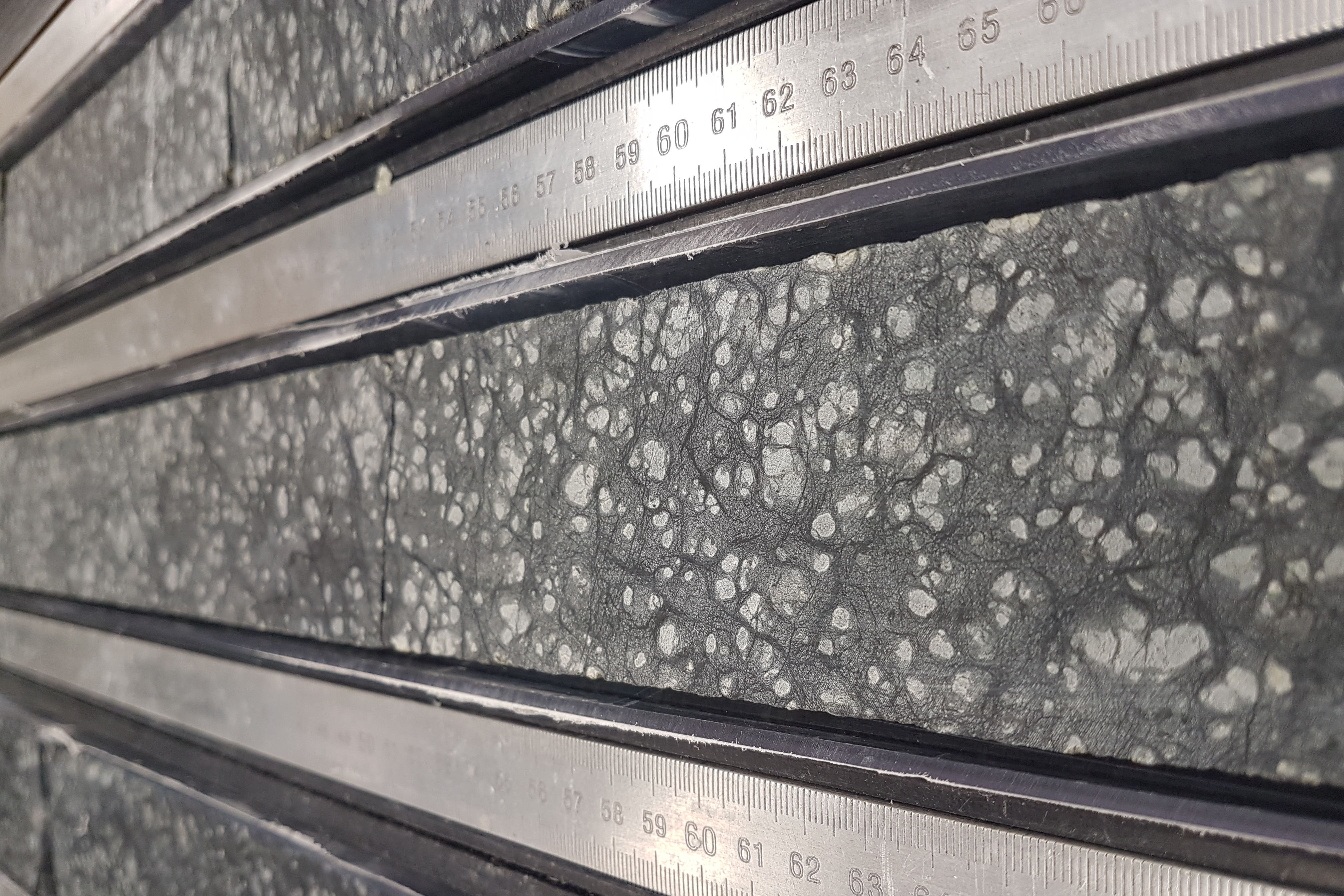Record-breaking set of rocks from inside the Earth could explain where we came from
The rocks will help to explain what role the mantle played in the origins of life on Earth.

Your support helps us to tell the story
From reproductive rights to climate change to Big Tech, The Independent is on the ground when the story is developing. Whether it's investigating the financials of Elon Musk's pro-Trump PAC or producing our latest documentary, 'The A Word', which shines a light on the American women fighting for reproductive rights, we know how important it is to parse out the facts from the messaging.
At such a critical moment in US history, we need reporters on the ground. Your donation allows us to keep sending journalists to speak to both sides of the story.
The Independent is trusted by Americans across the entire political spectrum. And unlike many other quality news outlets, we choose not to lock Americans out of our reporting and analysis with paywalls. We believe quality journalism should be available to everyone, paid for by those who can afford it.
Your support makes all the difference.A huge, record-breaking set of rocks from deep inside the Earth could reveal how our planet formed, scientists say.
They are the first long section of rocks that come from the Earth’s mantle, the layer underneath its crust and the largest component of our planet.
The rocks were taken from more than six times the previous record: at nearly continuous 1,268 metres, the depth to which the researchers penetrated the mantle rocks beats the previous deepest hole of 200 metres.
The researchers suggest the rocks recovered from the mantle bear a closer resemblance to those that were present on early Earth rather than the more common rocks that make up the continents today.
The rocks will help to explain what role the mantle played in the origins of life on Earth, and the volcanic activity generated when it melts.
According to the team, which includes researchers from Cardiff University, the sample will also help to shed light on how the mantle drives the global cycles of important elements such as carbon and hydrogen.
The rock was recovered from a tectonic window, a section of the seabed where rocks from the mantle were exposed along the Mid-Atlantic Ridge, during Expedition 399 “Building Blocks of Life, Atlantis Massif” of the ocean drilling vessel JOIDES Resolution in Spring 2023.
Lead author Professor Johan Lissenberg from Cardiff University’s School of Earth and Environmental Sciences, said: “When we recovered the rocks last year, it was a major achievement in the history of the Earth sciences, but, more than that, its value is in what the cores of mantle rocks could tell us about the makeup and evolution of our planet.
“Our study begins to look at the composition of the mantle by documenting the mineralogy of the recovered rocks, as well as their chemical makeup.”
With attempts dating back to the early 1960s, the recovery was led by the International Ocean Discovery Programme, an international marine research group of more than 20 countries that retrieves cores – cylindrical samples of sediment and rock – from the ocean floor to study Earth’s history.
Since then, the expedition team has been compiling an inventory of the recovered mantle rocks.
Presented in the journal Science, the findings reveal a more extensive history of melting in the recovered rocks than expected.
Prof Lissenberg said: “Our results differ from what we expected.
“There is a lot less of the mineral pyroxene in the rocks, and the rocks have got very high concentrations of magnesium, both of which results from much higher amounts of melting than what we would have predicted.”
This melting happened as the mantle rose from the deeper parts of the Earth towards the surface.
Further analysis could have major implications for the understanding of how magma is formed and leads to volcanism, the researchers suggest.
The study also provides initial results on how an abundant mineral in mantle rocks, called olivine, reacts with seawater, leading to a series of chemical reactions that produce hydrogen and other molecules that can fuel life.
Scientists believe this might have been one of the underpinning processes in the origins of life on Earth.
Dr Susan Q Lang, an associate scientist in Geology and Geophysics at the Woods Hole Oceanographic Institution, who was a co-chief scientist on the expedition, said: “The rocks that were present on early Earth bear a closer resemblance to those we retrieved during this expedition than the more common rocks that make up our continents today.
“Analysing them gives us a critical view into the chemical and physical environments that would have been present early in Earth’s history, and that could have provided a consistent source of fuel and favourable conditions over geologically long timeframes to have hosted the earliest forms of life.”
Additional reporting by agencies